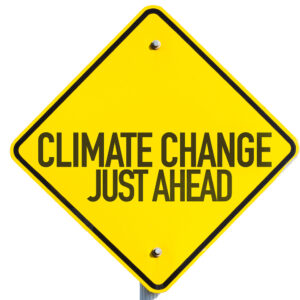COVID-19 has made plain what is needed to have money-is-no-object policies.
A crisis.
Just consider the past 40-odd years: The energy “crisis” of the late 1970s led to a hugely expensive plan to turn coal into natural gas and oil. The program wasted billions.
Then in 2008-2009, the financial crisis led to government spending of over a trillion dollars when all was said and done; since then, studies have shown a good deal of that money was misspent.
Now we are immersed in the COVID-19 crisis, during which the government has spent (depending on what you want to count) somewhere between $6 trillion and $12 trillion and rising. There is already criticism from some experts that much of that spending has been poorly conceived and directed.
Still, most Americans are ok with spending on COVID. A crisis is, according to scholars, a “grave predicament requiring urgent action.” It’s a category of events that leaves people feeling vulnerable physically, economically, emotionally, or any combination of the three. COVID, which has killed millions, ticks all the boxes.
But what if, like Joe Biden, you want to spend trillions and there is no immediate sense of crisis?
The strategy is self-evident: If there’s no obvious sense of crisis you need to create one.
The bigger the crisis, the better.
So it is for Biden with climate change.
This is not to claim that climate change is a hoax; we should do research on new energy technologies as well as on adaptations to a warmer world.
But it’s absurd to argue, as Biden has, that climate change is “an existential crisis.” Worse than COVID, worse than a financial meltdown; it’s a we’re-all-going-to-die kind of crisis.
Only it’s not. There is no scientific evidence that human life much less all life on Earth is threatened by climate change. The existential crisis is something touted by professional doomsayers like Paul Ehrlich (who for 50 years has warned of impending global apocalypses that never happened), rent-seekers who want a piece of those trillions, and politicians who have glommed onto the crisis as ways to attract money and votes, but who don’t really know what they’re talking about.
Yet Biden’s program, with its $5 trillion price tag, is based on that gloom and doom scenario. To overcome it, he plans to transform the energy system of the world.
Like Jimmy Carter’s energy plans, Biden’s energy policies are peddled as an economic and social cure-all. Not only will it save us from climate change, but it will also create “10 million”(!) middle-class jobs and overcome racism, income inequality, pollution, and international insecurity. This is grandiose nonsense.
In fact, the damage from just this first step—millions of renewables—would be enormous.
To develop these renewable installations, a staggering quantity of minerals needs to be mined and fabricated mostly in places (especially China) with poor environmental and labor regulations. Once constructed, renewable installations will despoil scenic areas, kill endangered wildlife, and disrupt people’s lives and health.
Biden says these plans will help the poor. But in nearly every case where a large portion of an electric system was transformed by wind and solar the cost of electricity has skyrocketed and power failures proliferated. Who has fared worst? The poor of course.
Finally, to highlight the irrelevance of this sort of massively expensive virtue-signaling policy, it would lower global temperatures by the year 2100 by 0.2 degrees Celsius or less. The members of Biden’s team believe that if the U.S. shoots itself in the foot economically, other large emitters—China, India, Russia–will maim their economies, too, and then temperatures will fall by far more.
That’s simply delusional. What are their incentives?
Essentially, we’ll be getting little bang for an awful lot of bucks.

